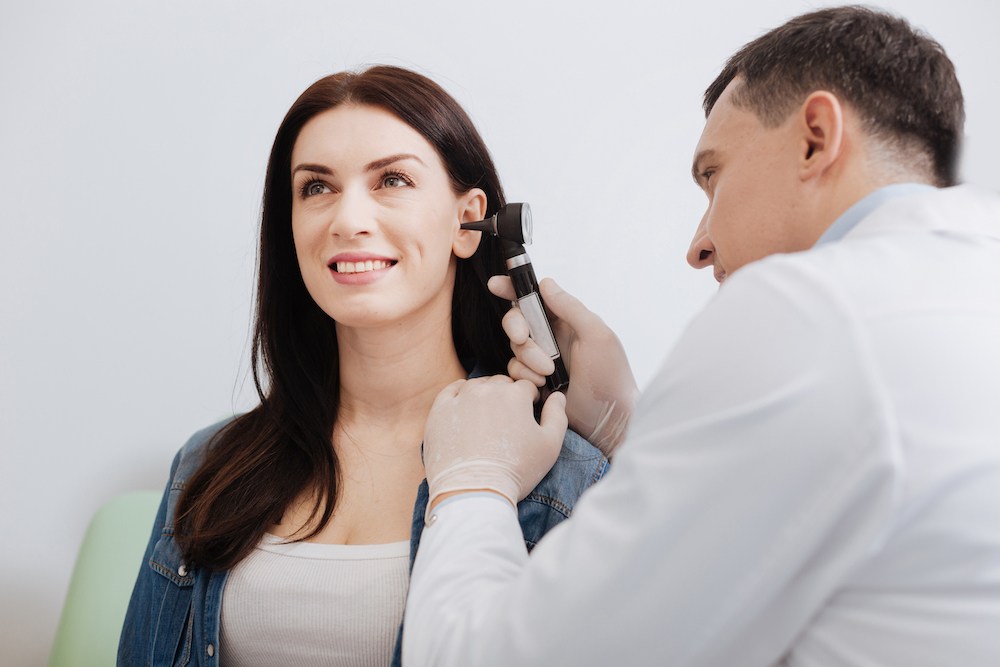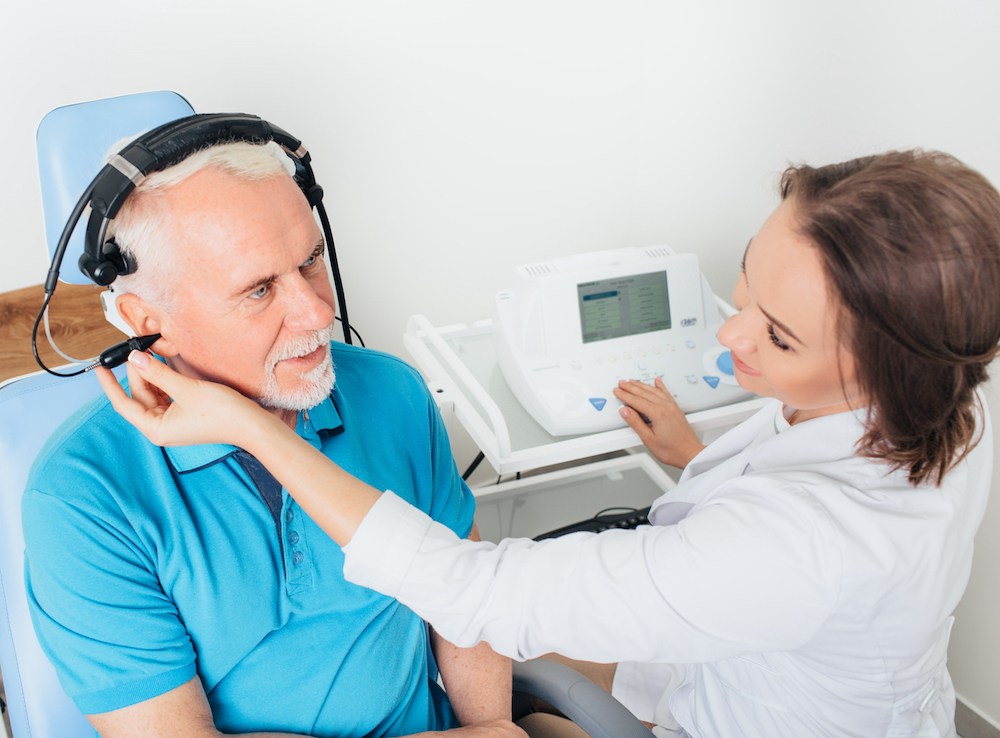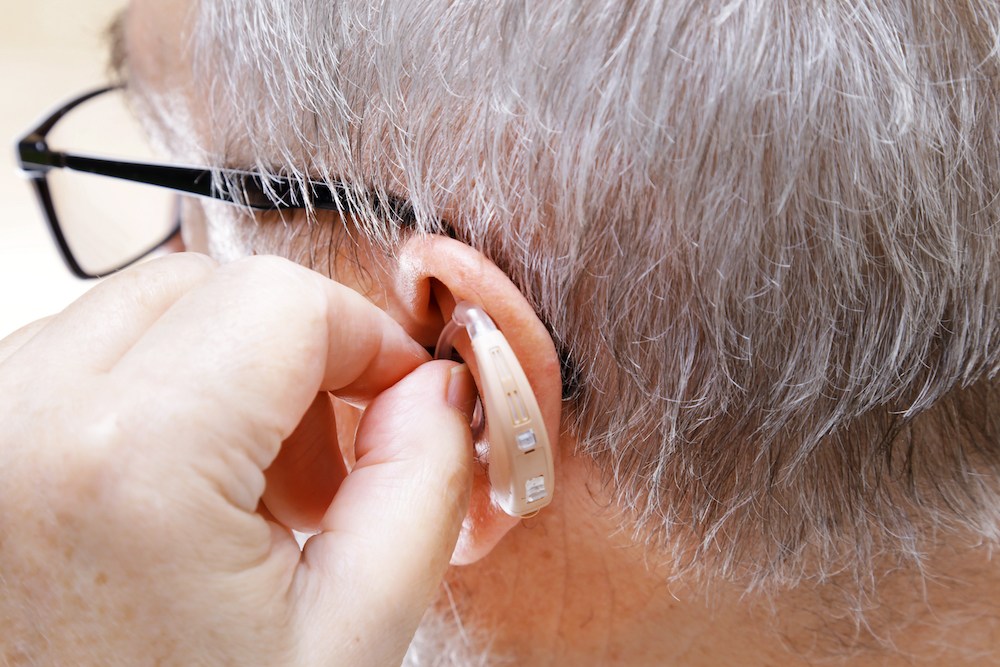How Alcohol Consumption Impacts Hearing Over Time
Many people recognize that alcohol can affect their overall health, but

Many people recognize that alcohol can affect their overall health, but

From their first days of life, children begin developing crucial hearing

Many people wonder about the real cost of hearing aids. You might hear